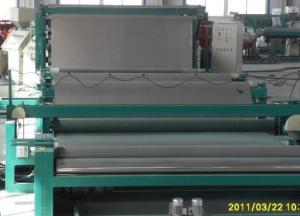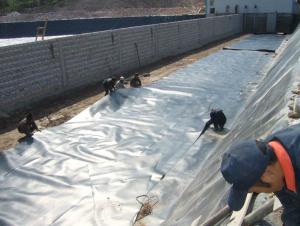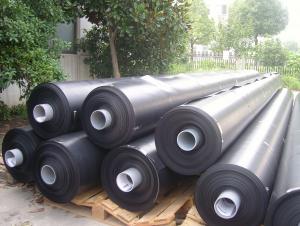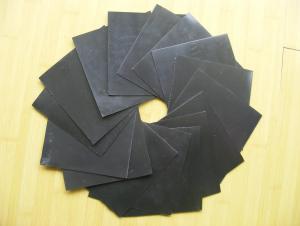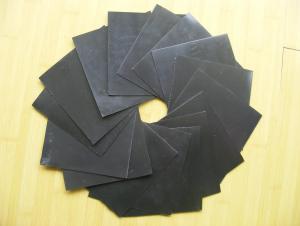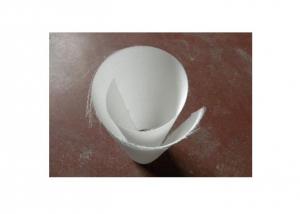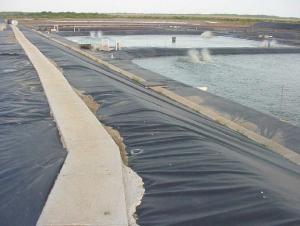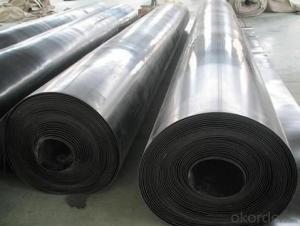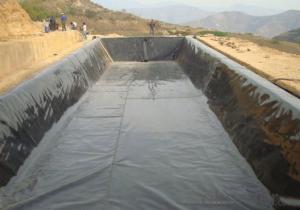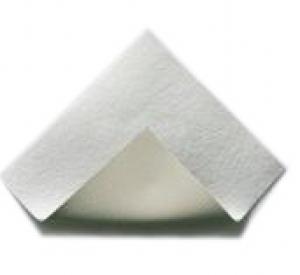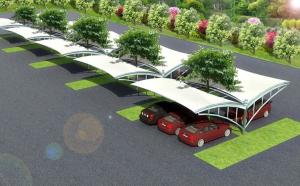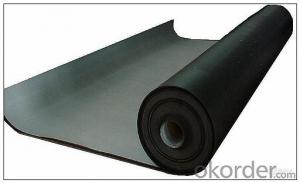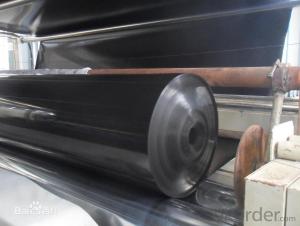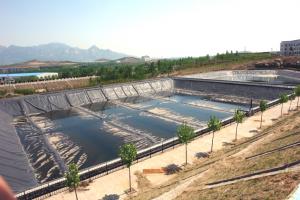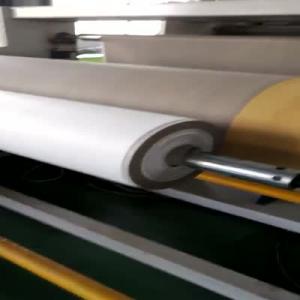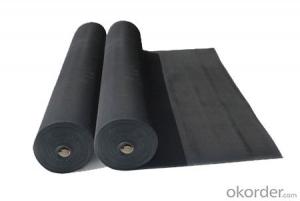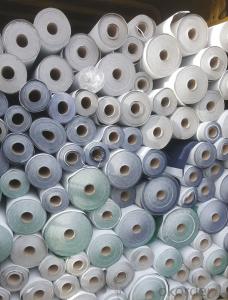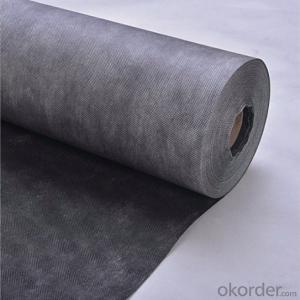British Geomembrane Association
British Geomembrane Association Related Searches
Geomembrane Australia Geomembranes Bgm Geomembrane Geomembrane Company Bitumen Geomembrane China Geomembrane Geomembrane Technologies Permeable Geomembrane Plastic Geomembrane Geomembrane Machine Geomembrane China Geomembrane Thickness Application Of Geomembrane Geomembrane Material Geomembrane India Geomembrane Products Geomembrane Containment Geomembrane Systems Geomembrane Properties Geomembrane Technologies Inc Prefabricated Geomembranes Conductive Geomembrane Pe Geomembrane Geomembrane Materials Prefabricated Geomembrane Pvc Geomembrane Institute Reinforced Geomembrane Textured Geomembrane Geomembrane Factory Impermeable GeomembranesBritish Geomembrane Association Supplier & Manufacturer from China
The British Geomembrane Association encompasses a range of products that are designed to provide effective solutions for various environmental and construction projects. Geomembrane products, such as high-density polyethylene (HDPE) and linear low-density polyethylene (LLDPE), are widely used in applications like landfill liners, water reservoirs, and canal linings. These membranes offer excellent waterproofing and containment properties, making them ideal for a variety of usage scenarios.The British Geomembrane Association products are utilized in numerous applications, including waste management, water management, and agriculture. They are known for their durability and versatility, ensuring long-lasting performance and protection against environmental contaminants. These membranes are also used in the construction of tunnels, canals, and reservoirs, providing a robust barrier against water seepage and soil erosion.
Okorder.com is a reputable wholesale supplier of British Geomembrane Association products, boasting a vast inventory to cater to the diverse needs of clients worldwide. With a commitment to quality and customer satisfaction, Okorder.com offers competitive prices and reliable service, ensuring that customers receive the best value for their investment in geomembrane products.
Hot Products
